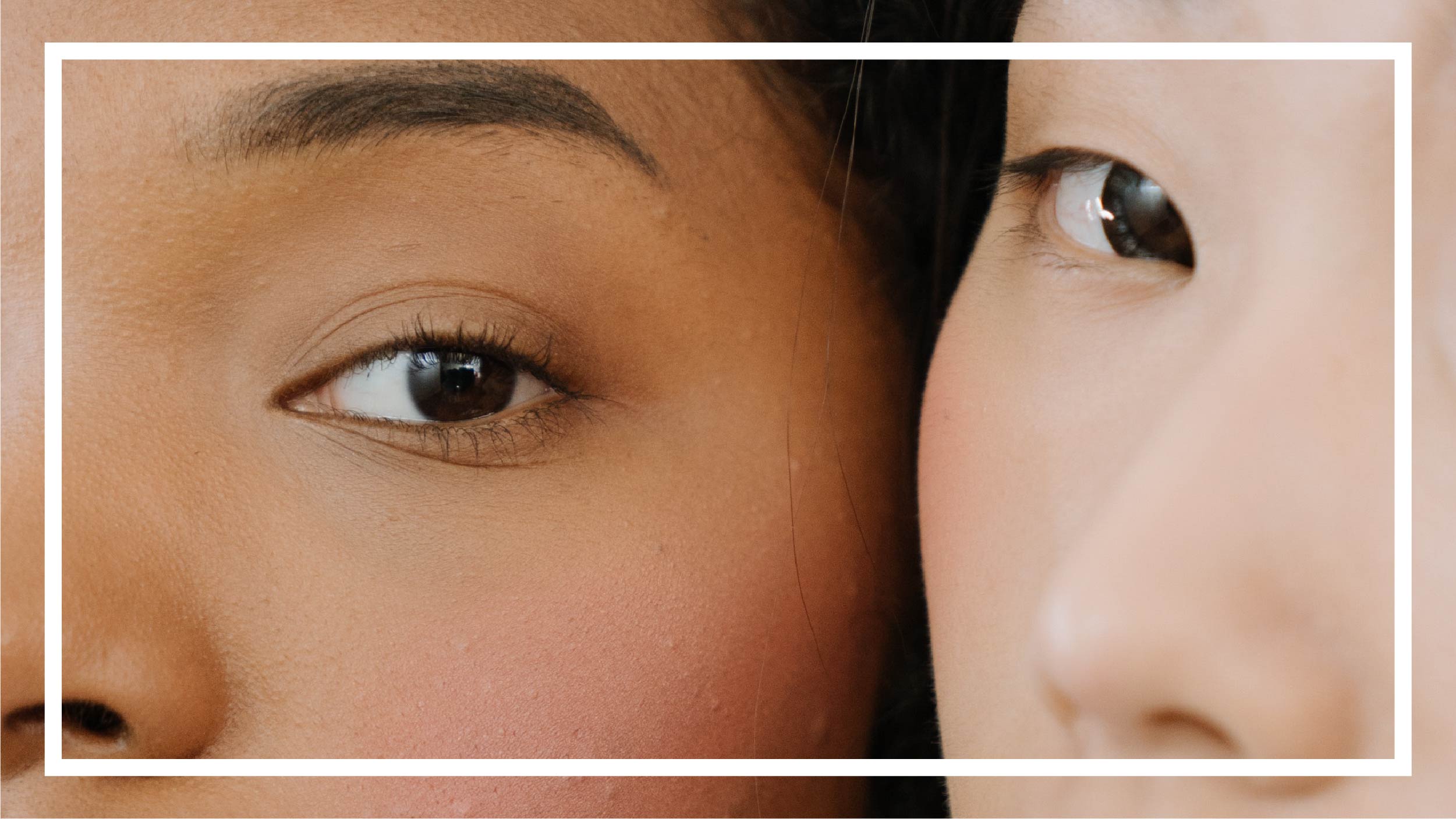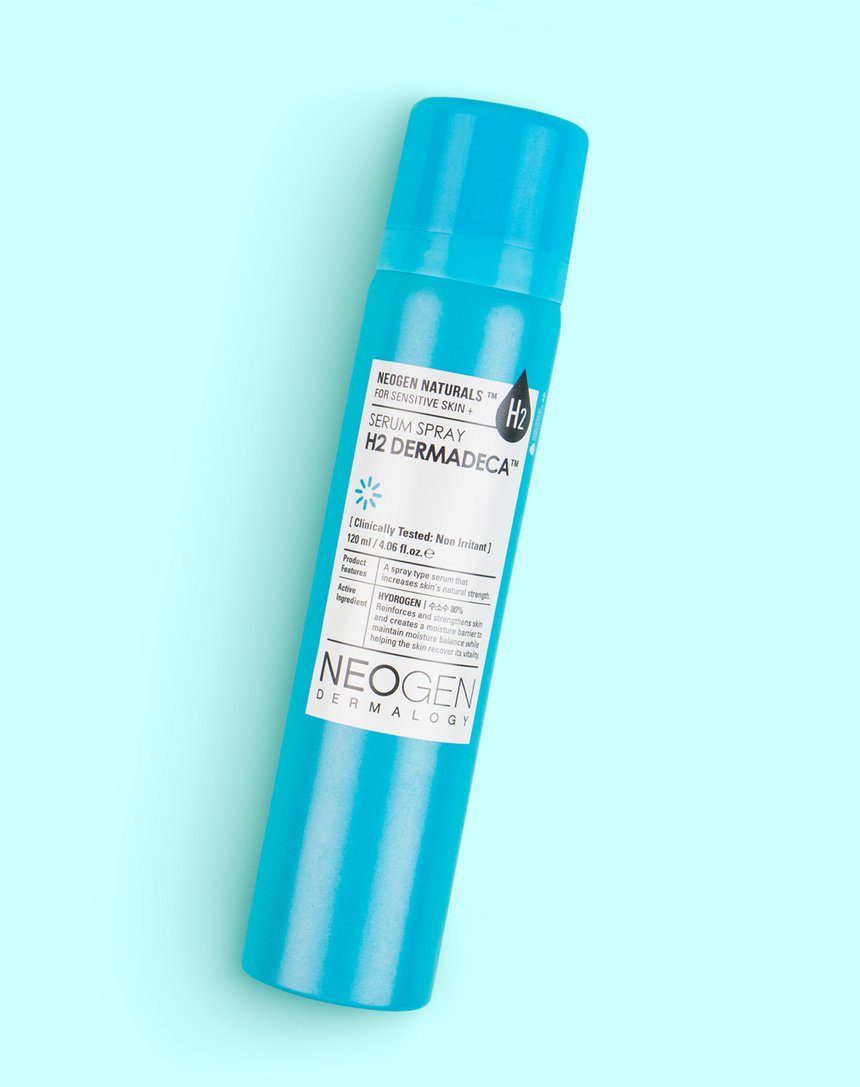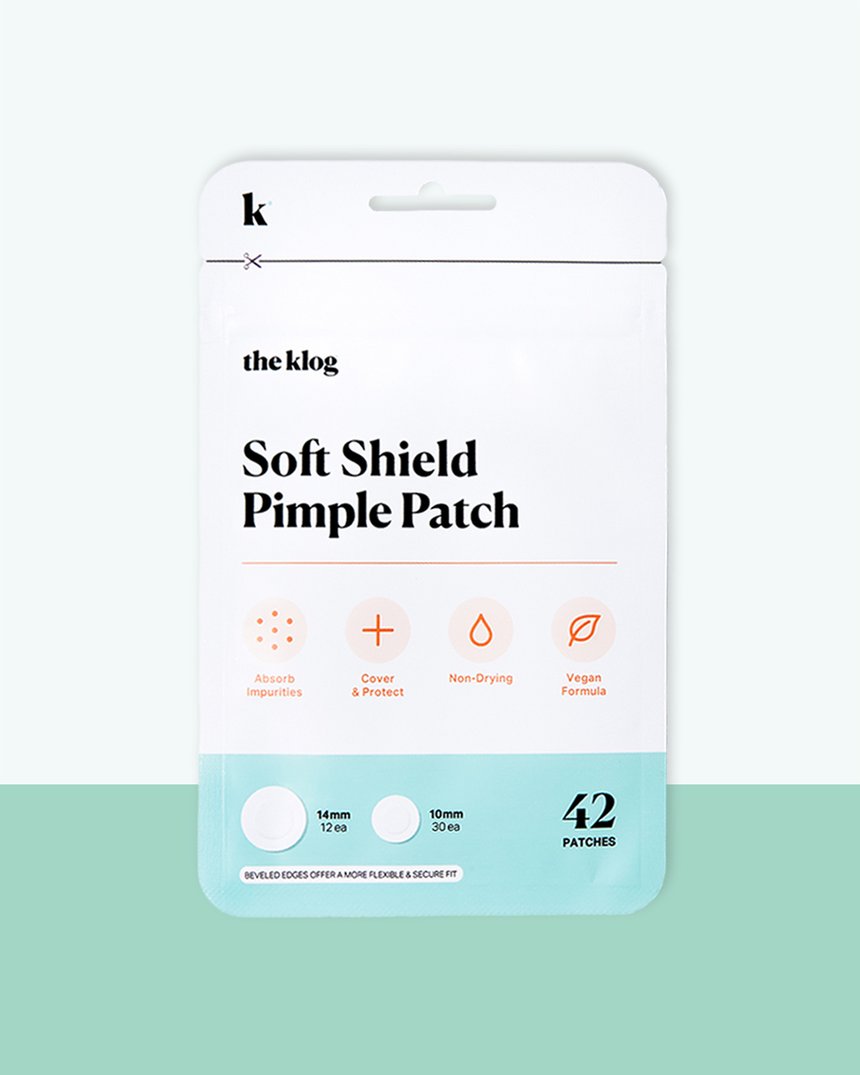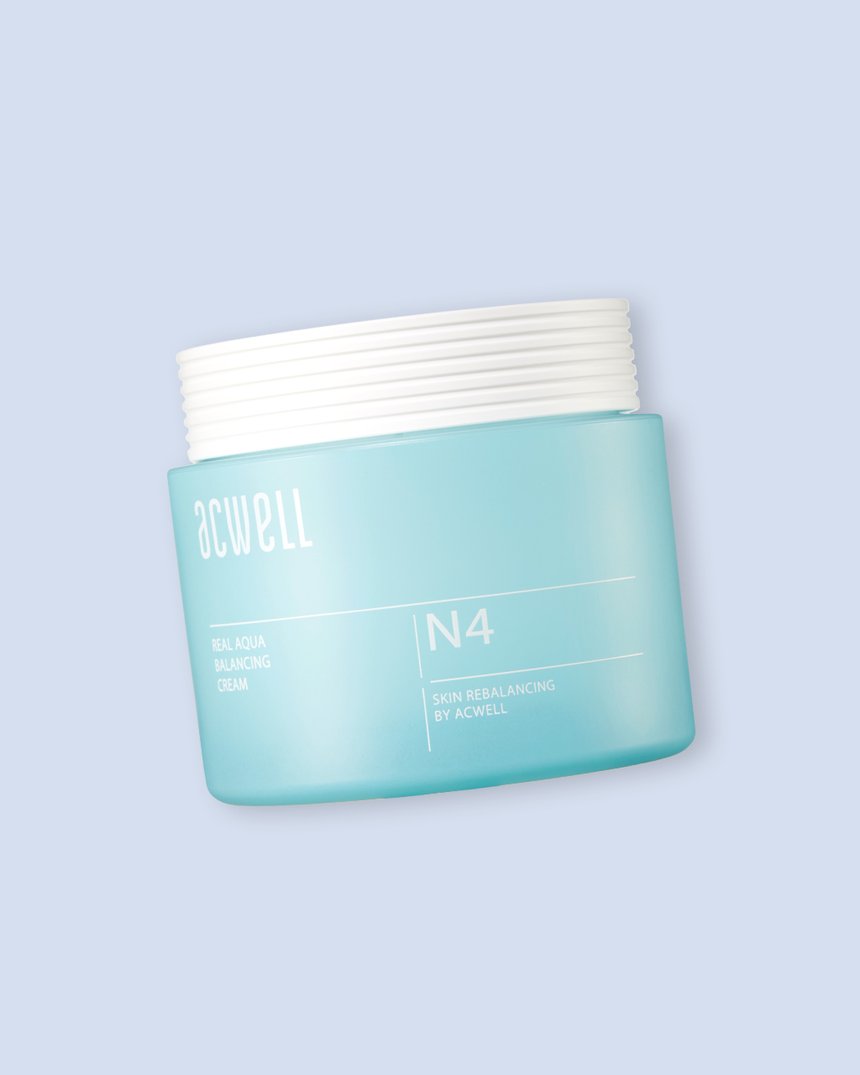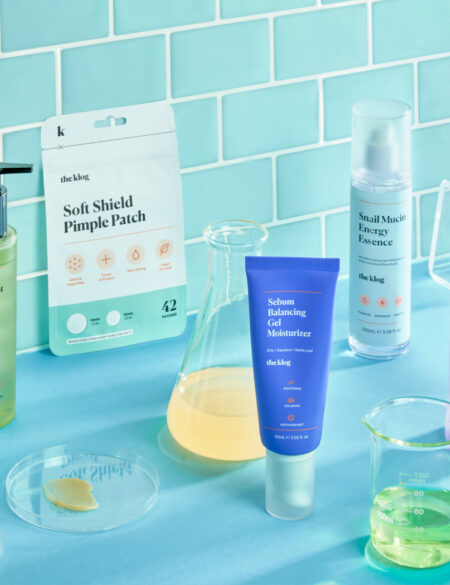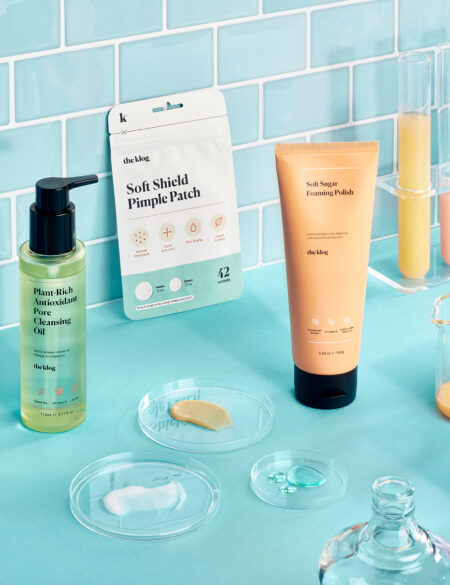Winter acne’s a thing- and it’s worse than it’s other seasonal counterparts. We’re here to breakdown just why the driest months of the year produce the most pimples and how you can combat winter acne.
If you’ve noticed an uptick in the amount of pimples dotting your complexion during the winter, you’re not alone.
We’ve always been told acne worsens during colder months. When we take this info into consideration and pair it with the context of this year’s particular pimple-inducing circumstances (masks and prolonged periods of time indoors), it makes complete sense that the amount of bacteria in our pores would increase this season and result in breakouts.
But is the myth that acne thrives in the winter even true, or is it just a piece of lore passed down from generation to generation with little scientific evidence? If it does hold up, how is it possible that colder temperatures spur bacteria growth? We all know bacteria thrives in warmer environments.
Let’s dive into this myth and figure out just why our skin produces more pimples from December to March.
The Myth Grows Scientific Legs to Stand On
A study conducted over the span of three years by Vanessa Lindsay Pascoe, MD and Alexandra Boer Kimball MD, MPH saw that dermatology patients with acne and psoriasis saw their conditions worsen during winter.
The fall seems to be the best time of year for clear skin, with 17.5% of acne sufferers seeing their skin clear up during autumn, whereas 45.9% of patients saw their acne enter the moderate-to-severe category during winter.
Why Does Winter Agitate Acne?
Winter’s title as “the worst season for pimples” seems completely illogical. We’d think warmer months would lend themselves to an increase in breakouts. Bacteria, including acne’s propionibacterium, loves warmth and water. Summer’s humidity, temperature increases, and pool days seem to provide the perfect recipe for a major breakout. But, statistically, this doesn’t happen en masse.
It’s not seasons’ environmental conditions that causes our skin to purge, but our skin’s reaction to these conditions that causes spots.
Winter’s arid air draws moisture out of the skin via the skin barrier. Sensing dryness, our skin reacts and produces an excess of sebum and oil. Although our skin can totally handle normal amounts of the two substances, it can’t handle the amount that our glands create as a form of overcompensation, and the sebum and oil clog up our pores, creating pimples.
Sebum aside, irritation and breakouts can also be caused by a decreased amount of fresh air exposure!
How To Combat Seasonal Acne Flares
The easiest way to rid yourself of seasonal acne is to prevent it through proper hydration. By moisturizing or hydrating the skin, our sebaceous glands won’t ramp up their sebum and oil production because they’ll never sense an arid complexion. Moisturizers, like Acwell Real Aqua Balancing Cream, and hydrating mists, like Neogen H2 Dermadeca Serum Spray, are great for this!
If seasonal acne gets the best of your skin, apply The Klog’s Soft Shield Pimple Patch directly to the worrisome whitehead for an overnight zap.
+How do you calm winter breakouts? Drop your hacks below!


